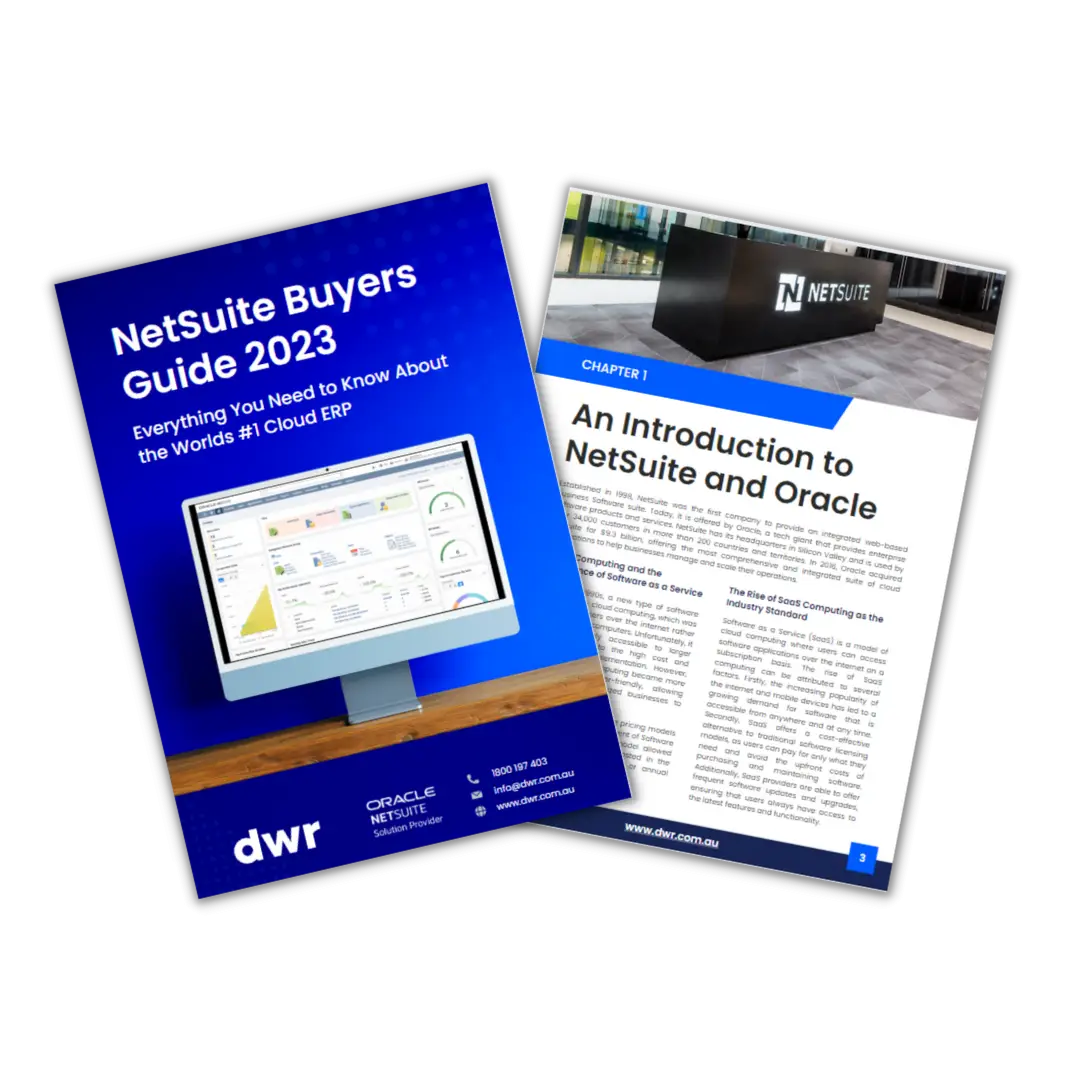In this digital age, restaurants must ensure that their technology infrastructure is up-to-date and secure. Having robust software and IT systems in place allows for efficient and effective operations, higher customer satisfaction rates, more informed decision-making, and improved financial performance.
In this article, we'll discuss some of the most important software elements of a restaurant's ecosystem including:
- Point of Sale (POS) systems
- Kitchen Display Systems (KDS)
- Table Management Systems (TMS)
- Inventory Management Systems
- Customer Relationship Management (CRM) systems
- Marketing Automation Systems
- Accounting and Financial Management Systems
- Reporting & Analytics Systems

Point of Sale (POS) Systems
POS systems are used to process orders digitally in restaurants. They help to streamline payments, manage inventory levels, track customer information and purchases, and if done well, provide a user-friendly interface for your servers and cashiers to quickly process customer bills at the end of their dining experience in your venue. Most POS systems also provide tools to enable coupon codes, discounts and promotions allowing businesses to increase sales with carefully planning marketing campaigns and events.
Key Components of a Good POS System
- Easy to use and understand interface
- Simple set-up of new menu items, specials or promotions
- Real-time data dashboards, reports and analytics
- Flexible payment processing options, such as split bills
- Integration to leading EFTPOS solutions
- Offers functionality to manage customer loyalty programs
- Integration with Kitchen Display Systems (KDS)
Kitchen Display Systems (KDS)
KDSs are a combination of hardware and software used for order placement and kitchen management. These systems aim to help front-of-house, and kitchen staff communicate and collaborate quickly. They allow chefs to view either printed or digitally displayed orders as soon as customers place them so they can start cooking immediately. A good KDS also enables efficient stock tracking by providing alerts when food supplies are running low or need reordering. Additionally, KDS can facilitate shift changes between cooks by displaying instructions for each dish being prepared in the kitchen at the time of handover.
Key Components of a Good KDS System
- Quick response when receiving orders from POS
- Robust integration options for Point of Sale systems
- Simple hardware that is easy to reload consumables such as docket paper
- In-kitchen alerts when orders are not printed properly
- Integration with Table Management Systems (TMS)
Table Management Systems (TMS)
TMS’s help restaurants manage reservations, seating arrangements and waitlists effectively. A good TMS allows servers to take orders from tables quickly with digital menus displayed on their tablets or phones, or more recently as a dedicated tablet PC on each table. TMSs can also keep track of customer preferences if they are regular diners, so wait staff can serve them better in future visits. A TMS is especially useful during peak hours when lines tend to be long since they can allow customers to check in remotely which greatly cuts down time spent waiting at the restaurant entrance.
Key Components of a Good TMS System
- Real-time table updates on seating availability
- Reliable connectivity to the POS
- Waitlist tracking to ensure accurate wait times are given to customers
- Integration with POS systems for easy checkout of orders from tables
- Customisable menu display options
Inventory Management Systems
Some more comprehensive POS solutions also offer inventory management as a core module. Inventory management systems help restaurants to keep track of food stocks and ingredients accurately without manual counting or paperwork. This helps them better manage their purchasing decisions as well as provide real-time reports on the usage of all ingredients used in meals served at their restaurant outlets. Restaurants using these systems often have greater control over their costs enabling them to achieve higher profits while ensuring high-quality products are served consistently across all outlets at all times.
Key Components of a Good Inventory Management System
- Easy input of stock and ingredient details
- In-depth reporting capabilities to keep track of usage patterns
- Two-way Integration with other systems for automatic updating
- Ability to compare pricing across multiple suppliers automatically
- Customisable alert system when stocks are running low
Customer Relationship Management (CRM) Systems
In the restaurant and hospitality game, customers are central to the success of a business and it is important to foster positive relationships with them. In an age where everyone is connected, reviewing, posting social media and sharing recommendations, it is critical for restaurants to be able to manage their customer relationships and ensure that any positive or negative feedback on their services is addressed and managed promptly.
CRM systems help restaurants to keep track of all customer interactions and help team members to use this information to provide top level customer service. This helps restaurants build brand loyalty as customers feel more valued and appreciated when their needs are met quickly and efficiently.
Key Components of a Good Restaurant CRM System
- Automated customer feedback surveys
- Integration with social media accounts to manage customer posts and reviews
- Real-time access to customer history to help servers provide excellent customer service
- Data analysis capabilities for a better understanding of customer behaviour trends
- Customisable loyalty programs to reward customers for regular visits
Marketing Automation Systems
Restaurant marketing automation systems work hand in hand with CRMs and offer the opportunity to quickly disseminate marketing messaging to ensure any promotions and marketing campaigns are communicated to all applicable customers.
Marketing automation tools help restaurants create targeted campaigns leveraging customer data from CRM platforms. This ensures the right message is sent to the right customer at the right time, and in most cases, helps restaurants drive more sales.
Key Components of a Good Marketing Automation System
- Email marketing tools for campaigns and promotions
- Social media automation capabilities
- A/B testing options to optimise messaging performance
- Advanced segmentation
Accounting and Financial Management Systems
Whilst not the most exciting component of a restaurant group's software and hardware ecosystem, accounting and financial management systems, like NetSuite, offer restaurants a way to quickly and easily track all financial information and ensure that their businesses are maintaining profitability.
These systems allow restaurants to keep track of all purchases, invoices and expenses, including ingredient and inventory costs, as well as the other overhead costs that come when running a successful restaurant group.
They also offer insights into how much money is being spent on operational costs so that owners can identify areas where they may be able to save money and boost profits.
Key Components of a Good Accounting & Financial Management System
- Integrated real-time reporting capabilities
- Ability to track usage and costs for items such as ingredients, payroll and other overhead expenses
- Comprehensive analytics reports to identify areas of inefficiency
- Automated payment processing to streamline accounting administration
- The ability to manage multiple venues, departments, locations and even separate businesses in a single platform
Why is NetSuite the Ideal Backbone for any Restaurant Group?
NetSuite is the ideal software solution for any restaurant group, as it offers a comprehensive suite of financial and business management tools that are specifically tailored to suit the needs of hospitality businesses.
NetSuite's core accounting functionality, as well as their multi-subsidiary management module, OneWorld create a highly flexible and feature-rich financial management platform on which restaurants are able to consolidate administrative effort and grow.
NetSuite's API capabilities also make it one of the most 'integration friendly' solutions on the market. This means that regardless of what POS, KDS, TMS, Inventory Management, CRM, or Marketing Automation you are using, it is most likely that NetSuite can be integrated with it, to provide you with a single platform to manage all reporting and analytics.

In Summary
Technology is transforming the way restaurants operate, and with the right software systems in place, restaurant owners can optimise operations for improved customer service, reduce costs and increase profits.
DWR have extensive experience in helping restaurant groups to select and implement the right software platforms to ensure their success. Our team of experts are available to help you identify any gaps in your current system, and advise on the best solutions for your business needs.
Contact us today to learn more about how we can help you create an integrated software ecosystem that is customised specifically for your restaurant group.
.svg)

